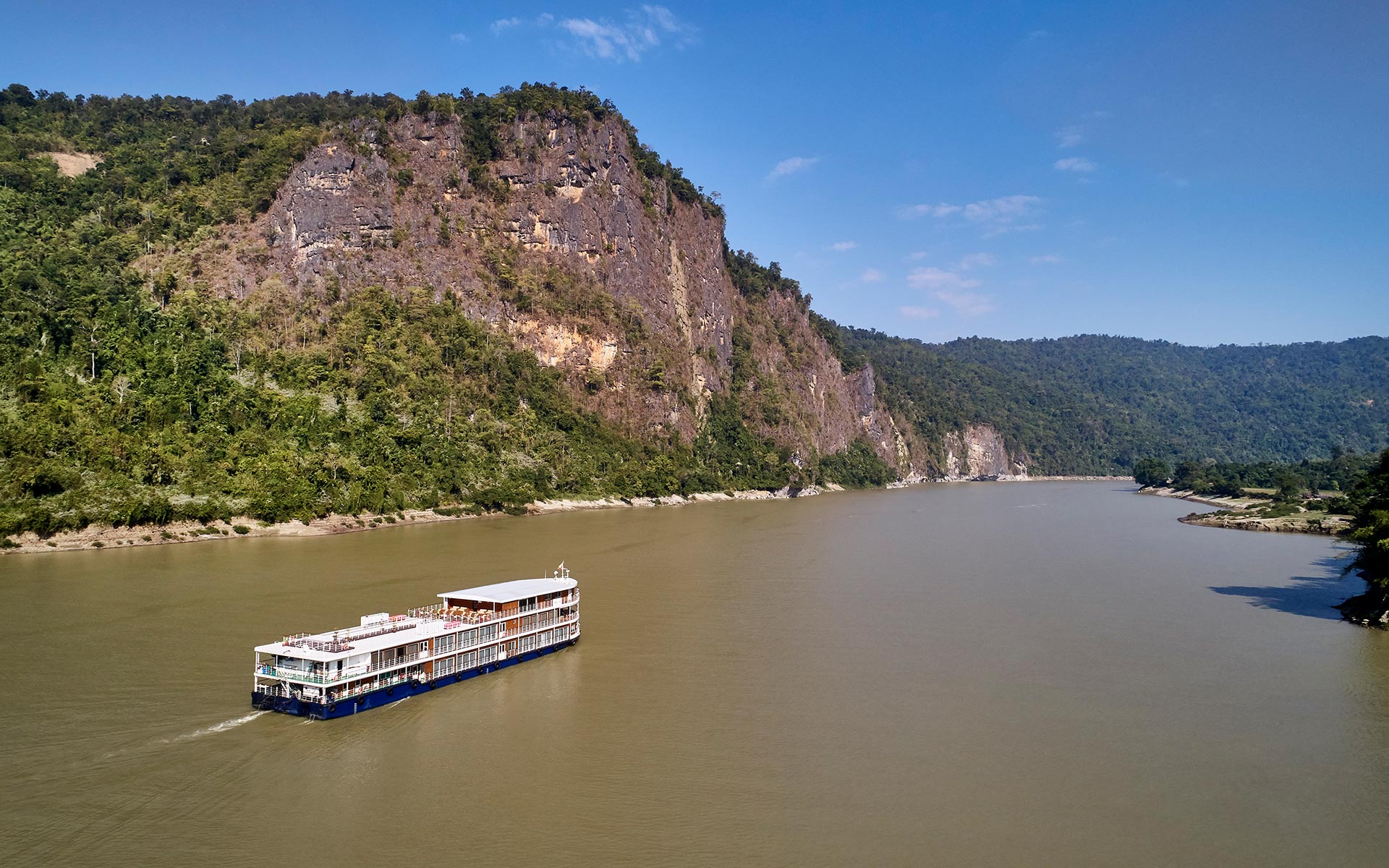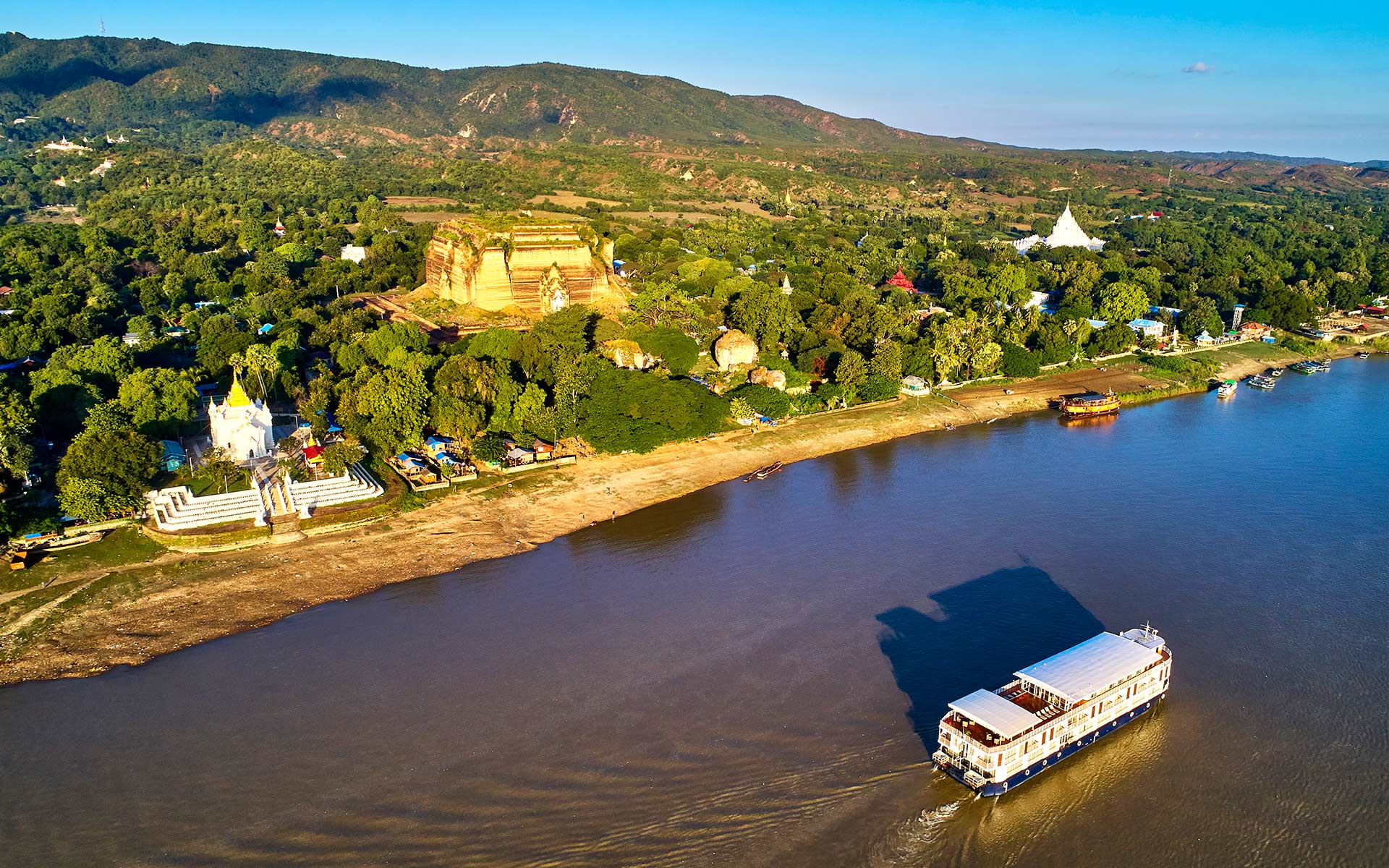

The Ayeyarwady River: The Heart of Myanmar
Every culture that possesses a long river tends to deify it. Egyptians have the Nile, Indians have the sacred Ganges and the Israelites have the Jordan. So it is with the people of Myanmar, who have revered the Ayeyarwady River for millennia, and whose ancient civilization was born and prospered near the river, in part because of the rich resources it provides.
The Ayeyarwady River (formerly know as the Irrawaddy River) flows through the center of Myanmar. It is Myanmar's most important commercial waterway. Its total drainage area is about 158,700 square miles (411,000 square km). It is about 1,550 km (960 mils) long.
Temporary farming settlements on islands of Ayeyarwaddy River, The Ayeyarwaddy River starts in Kachin State at the confluence of the May Hka and Mali Hka rivers. The western Mali Hka branch arises from the end of the southern Himalayas north of Putao and is called Nam Kiu in the Shan Language.
The Ayeyarwaddy River dissects the country from north to south and empties through a nine armed delta into the Indian Ocean. In colonial time, before railways and automobiles the river was known as the "Road to Mandalay". Although navigable by large vessels to Myitkyina for a distance over 1600 km from the ocean, the river is also full of sandbanks and islands making such navigation difficult. For many years the only bridge built to crss the Ayeyarwaddy River was the Inwa Bridge.
The name "Ayeyarwaddy" is believed to have derived from the Sanskrit term "airavati" meaning "elephant river".
The Irrawaddy gives its name to a dolphin the Irrawaddy Dolphin (Orcaella brevistosus) which is found in the river. Though sometimes called the Irrawaddy River Dolphin it is not a true river dolphin since it is also found at sea.
The river has born witness to many of the landmark events in the country's history. These include the time when the first Bamar chose the Irrawaddy basin as the site to found the Bagan dynasty; when subsequent kings sailed along her with their mighty flotilla to conquer new lands or make a donation to famous Shwedagon Pagoda; and when the last king, Thibaw, and his queen, Supayalatt, were exiled through her to India's Ratanagiri. These events were often felt beyond far Myanmar's shores.